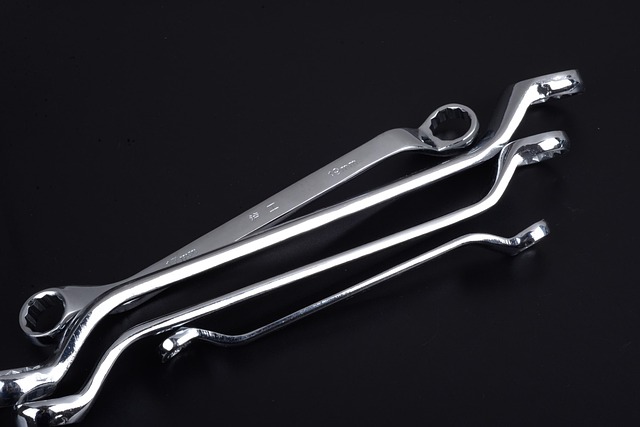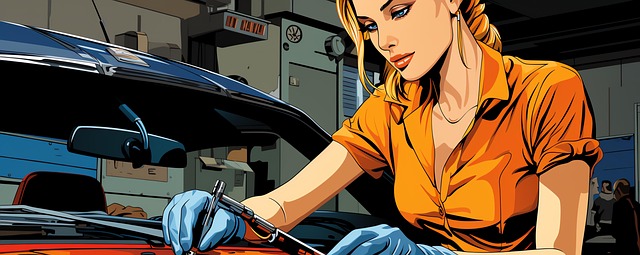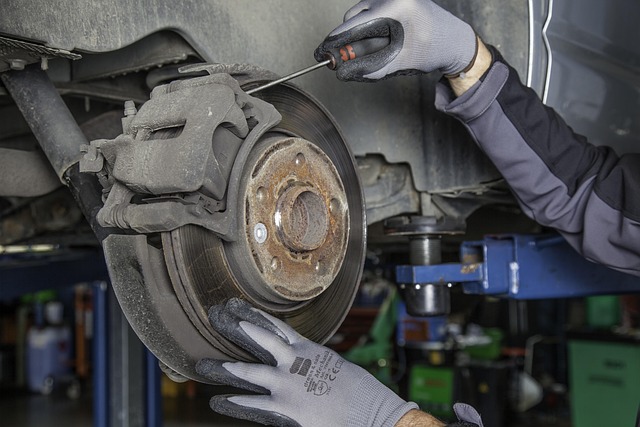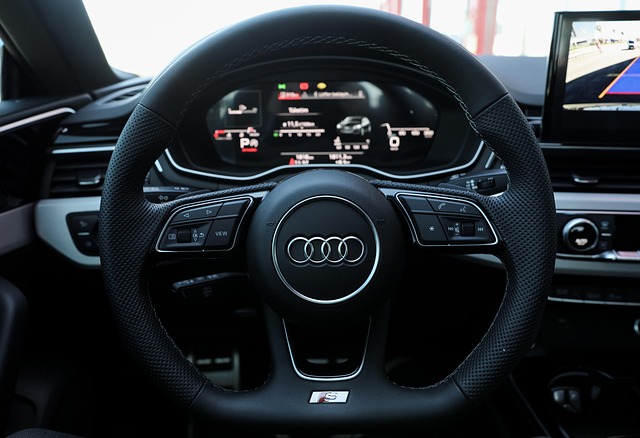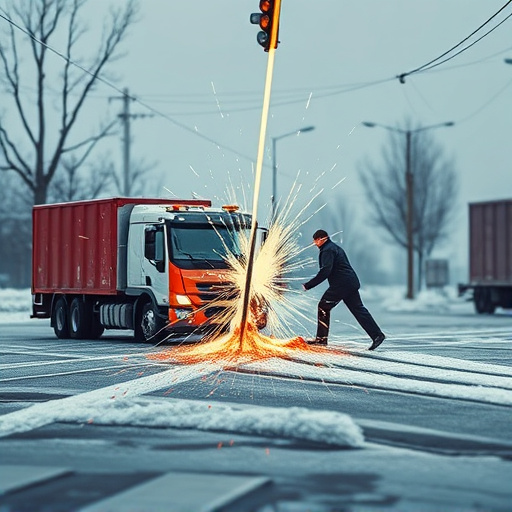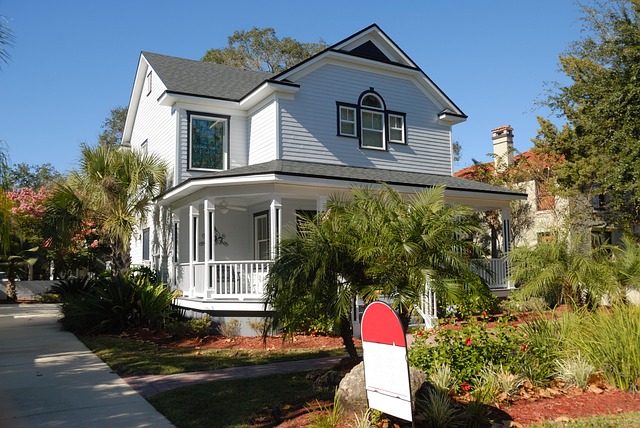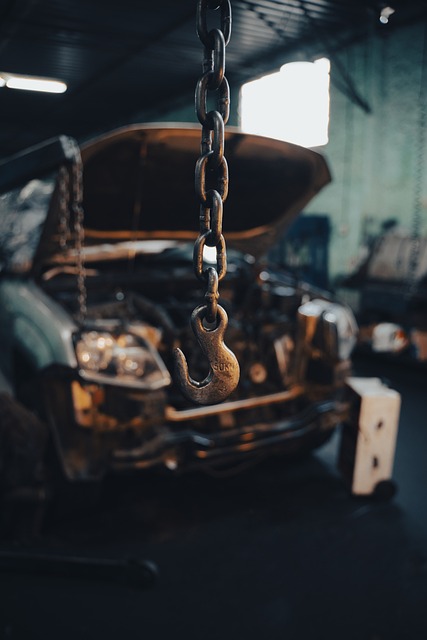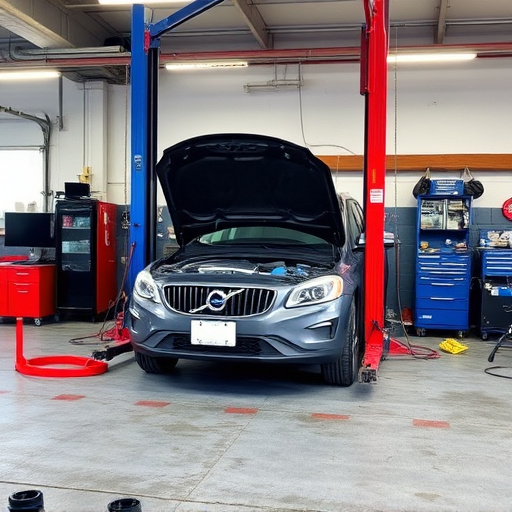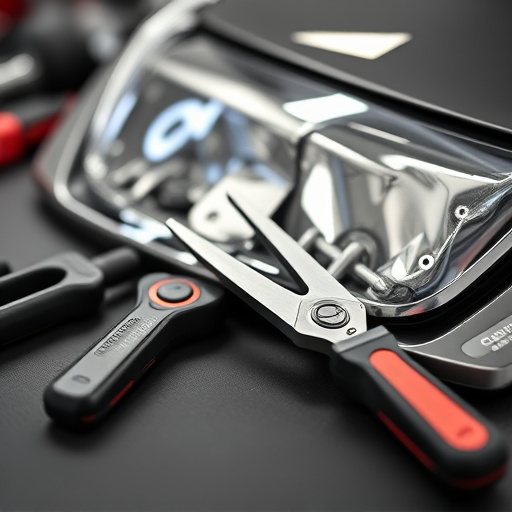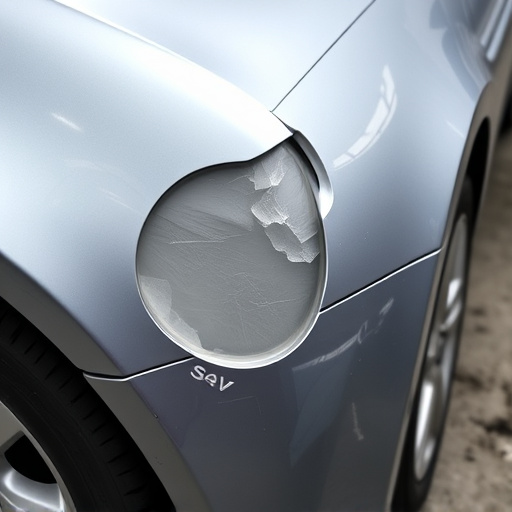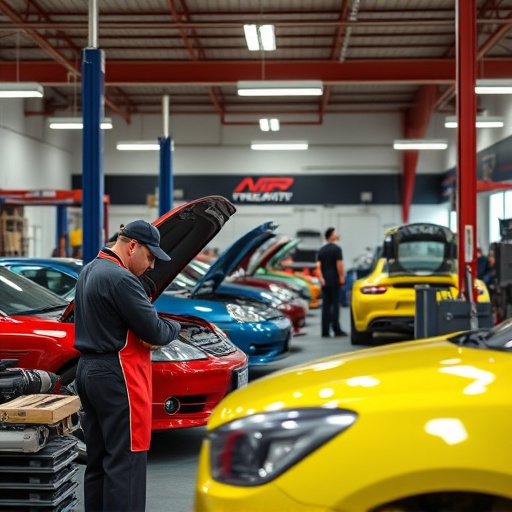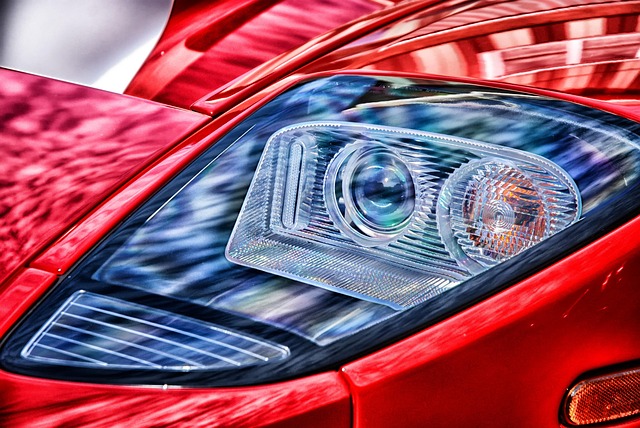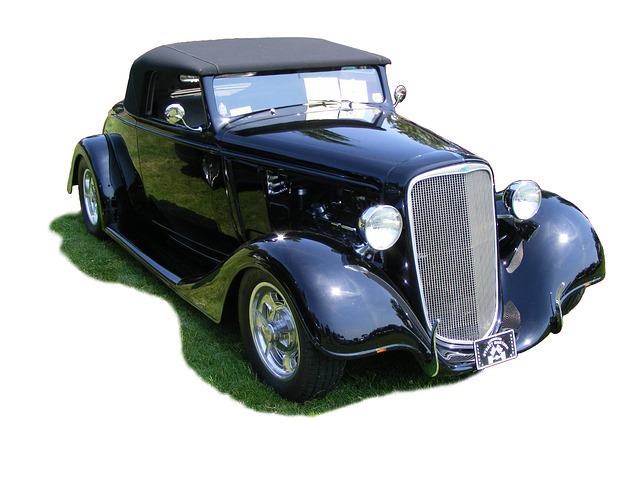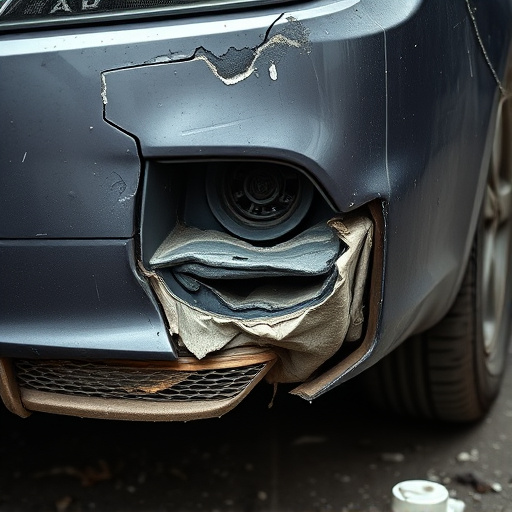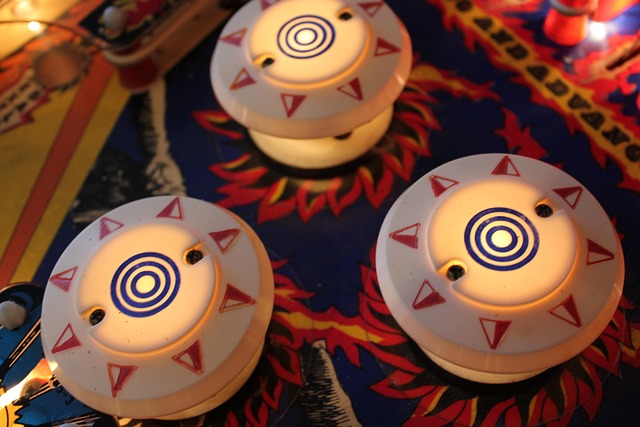Tailored auto paint repair methods address minor scratches to severe denting, using specialized tools and techniques like sandpaper, paint spray guns, primer, clear coat, and a dustless buffer. Inspection, cleaning, sanding, priming, and painting are crucial steps for professional results, ensuring structural integrity, corrosion prevention, and seamless blending with the vehicle's existing color. Choosing an experienced auto repair shop equipped with modern restoration training is key to achieving lasting, visually appealing auto paint repair.
The art of auto paint repair is a meticulous science that demands understanding both the damage mechanisms and the right tools. This comprehensive guide breaks down the intricacies, providing an in-depth look at the process. From identifying various types of auto paint damage to selecting the essential materials, each step is meticulously explained. Learn how professionals achieve flawless results, ensuring your vehicle’s exterior not only looks good but also stands the test of time. Discover the science behind effective auto paint repair and take control of your vehicle’s aesthetic.
- Understanding Auto Paint Damage Mechanisms
- Essential Tools and Materials for Repair
- Step-by-Step Guide to Professional Results
Understanding Auto Paint Damage Mechanisms
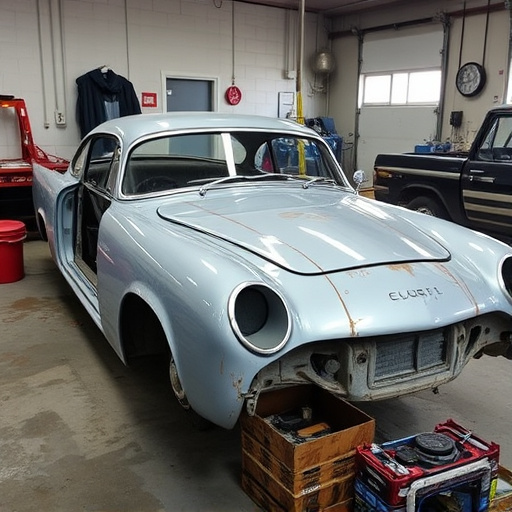
Auto paint damage can stem from various mechanisms, each requiring a tailored approach during auto paint repair processes. Minor scratches and dents are common issues, often caused by road debris, bird droppings, or shopping cart collisions in parking lots. These can be addressed with meticulous car scratch repair techniques, utilizing specialized tools and compounds to buff out the imperfections.
For more severe cases, such as extensive denting or rust damage, understanding automotive restoration principles becomes crucial. Such damages might result from accidents, exposure to harsh weather conditions, or years of neglect. Effective auto paint repair involves not just repainting but also addressing structural integrity, corrosion prevention, and ensuring a seamless blend between the old and new paint surfaces. Choosing the right auto repair near me with experienced technicians trained in modern restoration techniques is key to achieving lasting and visually appealing results.
Essential Tools and Materials for Repair

When it comes to auto paint repair, having the right tools and materials is paramount for achieving a flawless finish. The essentials include high-quality sandpaper in various grit sizes, beginning with coarse paper for initial shaping and ending with fine-grit paper for smoothening. A reliable paint spray gun equipped with different nozzles for precise control over paint distribution is also critical. Additionally, a good-quality auto paint that matches the vehicle’s original color, along with primer and clear coat, are indispensable for restoration.
Beyond these basics, other helpful materials for comprehensive vehicle collision repair include putty knives for filling dents and gaps, rubber damming tape to protect surrounding areas from overspray, and blue painter’s tape for masking sensitive surfaces. Car bodywork services often rely on a dustless buffer or polisher to achieve a smooth base before applying final coats of paint, ensuring no unsightly scratches remain from the sanding process. Even if you’ve experienced a minor fender bender, investing in these tools will ensure your auto paint repair job is done efficiently and effectively.
Step-by-Step Guide to Professional Results
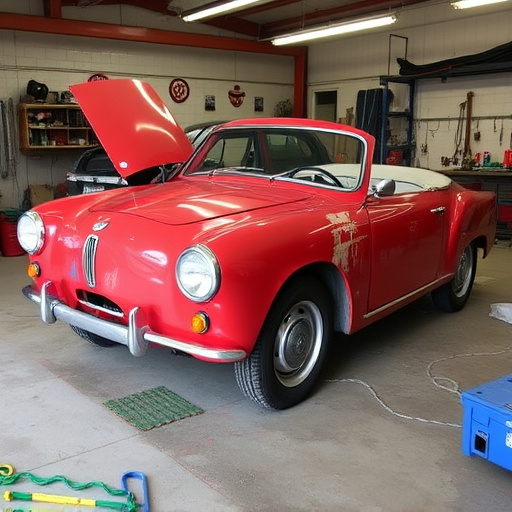
For achieving professional results in auto paint repair, follow a meticulous step-by-step process that ensures optimal outcomes. Begin by thoroughly inspecting the damaged area to assess its extent—whether it’s a dent, scratch, or chip. Next, prepare the surface by cleaning and degreasing it to remove any dirt, grease, or residue, which can affect adhesion.
Proceed with sanding the affected zone gently to smoothen out irregularities, taking care not to damage the surrounding paint. After sanding, wipe down the area with a damp cloth to eliminate dust particles. Then, apply an auto paint repair primer designed for matching your car’s color accurately. Allow it to dry completely before moving on to the final step: applying the matched auto paint to fill in and smoothen the damaged spot, ensuring a seamless finish that blends flawlessly with the rest of the vehicle’s body.
Auto paint repair is a meticulous science that combines understanding of vehicle damage mechanisms with the right tools and techniques. By mastering these aspects, you can achieve professional results, restoring your vehicle’s aesthetic appeal and safeguarding its value. Implement the strategies outlined in this guide, from recognizing damage patterns to following a precise step-by-step process, and you’ll be well-equipped to handle common auto paint repairs efficiently.
